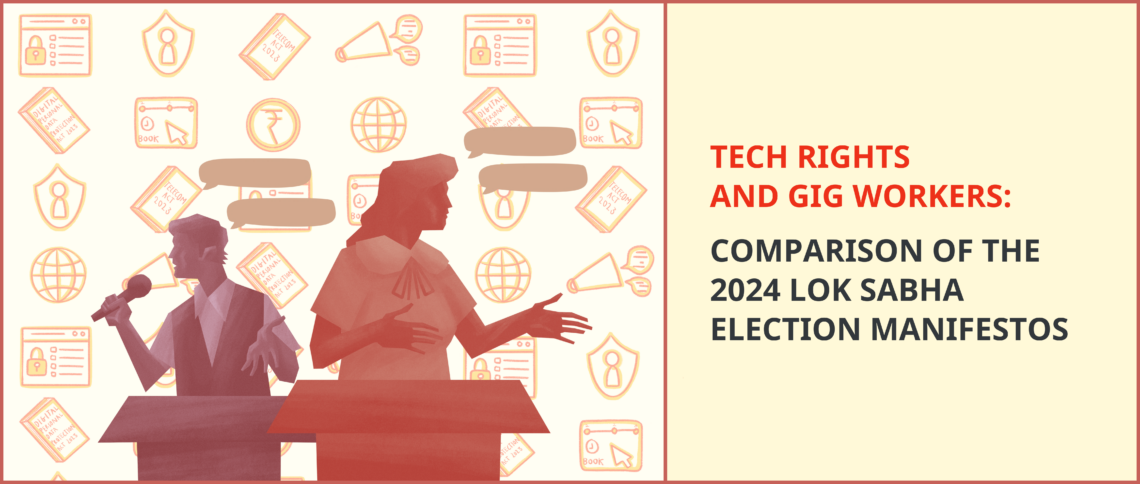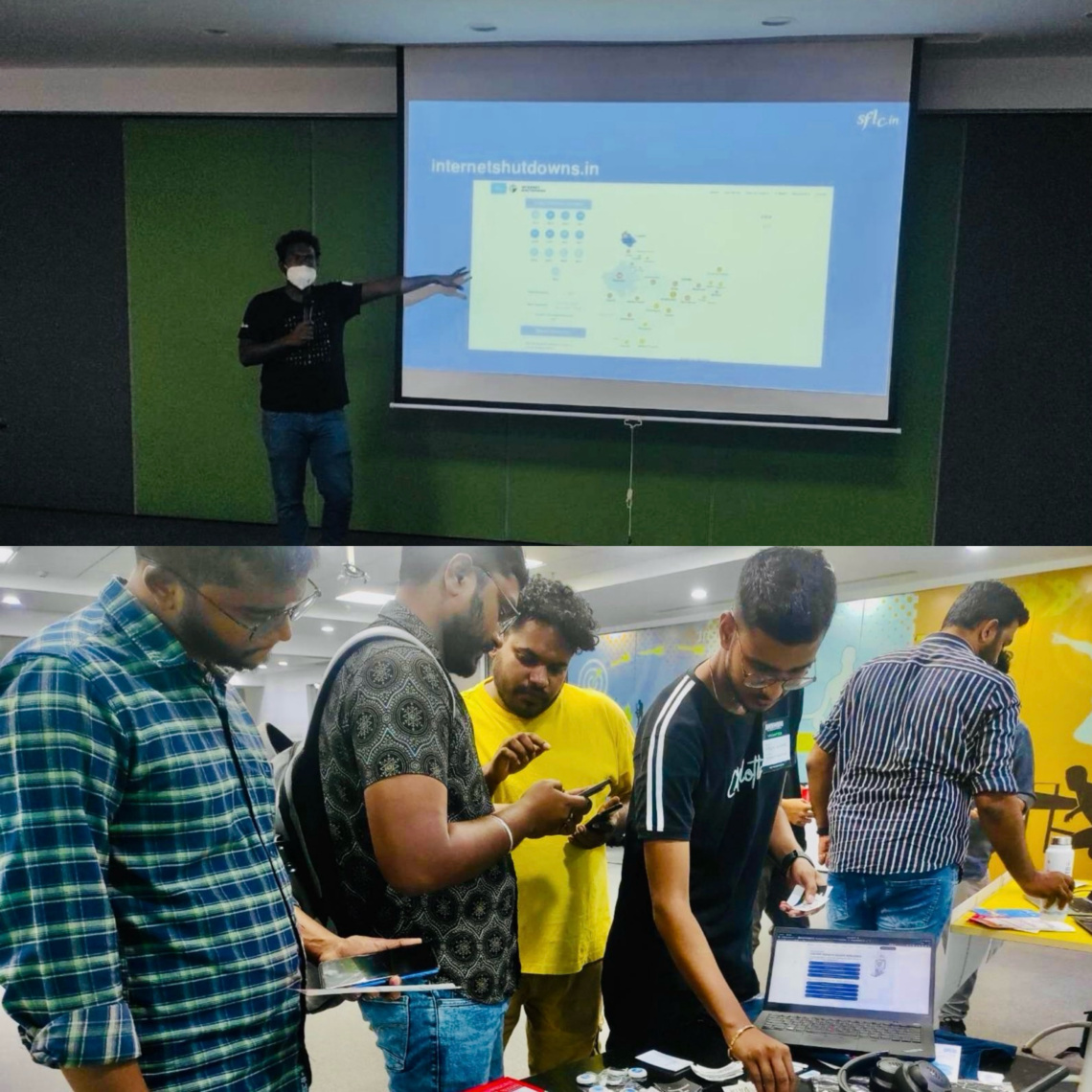Bitcoin-based “World Citizenship Passport” project:
To those who are only marginally familiar with bitcoin, the world’s leading digital cryptocurrency, the idea of adapting the tech into a type of globally accessible passport may seem odd. But Christopher Ellis, a hacker that specializes in privacy and decentralized security, sees them as a natural fit.
He’s created a platform that utilizes a type of off-the-shelf PGP encryption as well as a bitcoin-like blockchain that he calls the World Citizenship Passport. The PGP (Pretty Good Privacy) segment allows for secure end-to-end encryption while the blockchain element provides registry of IDs that runs decentralized across the Internet. This system isn’t just secure; it also makes it nearly – if not totally – impossible for a person to fake their identity.
The overall idea is that these passports wouldn’t be issued by nations or states but rather by the citizens of the world themselves. In the same way that bitcoin has no centralized bank, the passports wouldn’t have a centralized issuing authority. That sounds backwards at first blush, but bitcoin has proven that crowdsourced projects, like its cousins Dogecoin and Litecoin, can flourish without a governing body.
The passport system has promise, as it’s based on proven technology. While PGP has been around for awhile now, the blockchain is a fairly new concept that was born with bitcoin and is used by most types of digital currency to add both security and legitimacy to their coinage….
Ten years of Ubuntu:
In October of 2004, a new Linux distro appeared on the scene with a curious name—Ubuntu. Even thenthere were hundreds, today if not thousands, of different Linux distros available. A new one wasn’t particularly unusual, and for some time after its quiet preview announcement, Ubuntu went largely unnoticed. It was yet another Debian derivative.
Today, Canonical, the company behind Ubuntu, estimates that there are 25 million Ubuntu users worldwide. Thatmakes Ubuntu the world’s third most popular PC operating system. By Canonical’s estimates, Ubuntu has roughly 90 percent of the Linux market.AndUbuntu is poised to launch a mobile version that may well send those numbers skyrocketing again.
This month marks the tenth anniversary of Ubuntu. As you’ll soon see in this look at the desktop distro through the years, Linux observers sensed there was something special about Ubuntu nearly from the start. However, while a Linux OS that genuinely had users in mind was quickly embraced, Ubuntu’s ten-year journey since is a microcosm of the major Linux events of the last decade—encompassing everything from privacy concerns and Windows resentment to server expansionand hopes of convergence.
Ubuntu was started by Mark Shuttleworth, who sold his company Thawte to VeriSign in December 1999 for $575 million. After a short vacation in space, he founded Canonical Ltd and started work on Ubuntu. Shuttleworth’s announcement of the very first Ubuntu release defines the fledgling project as a “new Linux distribution that brings together the extraordinary breadth of Debian with a fast and easy install, regular releases… (and) a tight selection of excellent packages.”….
Patent-free drugs developed using FOSS:
Chemist and “semi-recreational” codemonkey Isaac Yonemoto is running a crowdfunding campaign called Project Marilyn to create open sourced, patent-free cancer drugs.
Yonemoto proposes a $75,000 stretch goal to fund an experiment he hopes will prove we can use a compound sequenced from microscopic bug cultures to treat cancer.
It’s a plan that could liberate pharmaceuticals and dramatically lower the cost of anticancer medicine. The global market for these drugs surpassed $1 trillion this year. The average monthly cost of a brand-name cancer drug in the U.S. is about $10,000, according to the IMS Institute for Healthcare Informatics. Yonemoto believes patent-free medicine to be the solution. “The software industry and the open-source movement have shown that patenting is not necessary for innovation. Releasing without a patent means the drugs will be cheaper and it will be easier to build on the work to make improved drugs or drug combinations. Releasing without a patent means expanded access to drugs in countries that can’t afford extensive licensing and export agreements,” he writes on the campaign website Indysci.org. He’s using Tilt to host the campaign on Indysci.org, as opposed to a more traditional crowdfunding site like Kickstarter or Indiegogo. The cash will be used to buy lab space and tools, as well as for the actual experiment on mice. The campaign initially started with an ask of $50,000, but met that goal already and created a larger goal of $75,000 to include a couple other compounds to work with. He plans to start clinical trials in January or February of next year and says he will most likely launch “a fun advocacy campaign” before lab work begins
The big picture is we’ll be trying to solve the problem of expensive pharmaceuticals by releasing drug candidates that put downward pressure on price through competition,” Yonemoto tells TechCrunch. The campaign ends this Tuesday, Oct 28..
LinkedIn and Twitter contribute Machine Learning Libraries to open-source:
http://www.infoq.com/news/2014/10/LinkedIn-Twitter-ML-Open-Source
Twitter’s engineering group, known for various contributions to open source from streaming MapReduce to front-end framework Bootstrap recently announced open sourcing an algorithm that can efficiently recommendcontent. This is a really important problem for Twitter as it helps promoting the right ads to the right users and recommending which users to follow. The algorithm, named DIMSUM, can pre-process similarity data and feed the actual recommendation algorithm with a subset of users that are calculated to be above a similarity threshold.
As former Twitter engineer Reza Zadeh explains, DIMSUM is sampling the problem space to weed out the pairs of items that are not similar enough to matter. The DIMSUM algorithm may not matter as much in small data sets but its strength comes in play with big datasets, when one can’t bruteforce the problem and calculate all possible similarity pairs. The algorithm has been integrated into Scalding and Spark.
LinkedIn also open sourced a Machine Learning library of its own, ml-ease. ml-ease is a library focused in model fitting and training. Currently supporting ADMM (Alternating Direction Method of Multipliers), ml-ease can apply logistic regression in a highly paralelized fashion and converge to a solution that is theoretically close to what you could have obtained in a single machine algorithm execution.
Logistic regression is one of the most popular machine learning algorithms and not an easy one to parallelize. Mahout’s implementation of logistic regression using Stochastic Gradient Descent is one example of inherently sequential algorithm for a parallel problem. An evaluation of parallel logistic regression models has shown that given enough computing resources, a tradeoff between speed and precision can parallelize the problem for massive datasets. LinkedIn’s implementation is focusing in scalability, speed and ease of use with a small margin of error as a tradeoff for speed. This could be a good proposition for several commercial facing problems. The code is available in GitHub.
Rebuilding tech in Afghanistan with open-source:
http://opensource.com/life/14/10/afghanistan-open-source-tech-education
The Center for International and Intercultural Communication (ZiiK) at the Technical University of Berlin (TU Berlin) has been helping with the reconstruction of academic organizations in Afghanistan since 2002. Under the supervision of the Berlin IT lecturer, Dr. Nazir Peroz, Director of the ZiiK, computer centers have been established at five college locations in Afghanistan.
Through the project, many students and college employees have been trained in the use of the computers. A new curriculum tailored to the requirements and prerequisites of Afghan students has been developed and Afghan IT students and future lecturers have been trained for Masters degrees in Germany.
Since its inception in 2000, ZiiK at TU Berlin has been a platform for international and intercultural exchange on information technology. In addition to intensification of the international dialog, one of ZiiK’s main goals is to offer students from developing countries promising perspectives for the future. After the Bonn Conference, the need for reconstruction of Afghanistan’s education system was apparent, and the search began in late 2001 for partners to help.
Dr. Peroz accompanied the German Academic Exchange Service’s (DAAD) first fact-finding mission to Kabul in early 2002. The team was sent to evaluate the requirements for the reconstruction of the higher education system. The situation it encountered in the Afghan capital confirmed that after decades of war and tyranny from the Taliban, there was not much left of the academic education system. According to Dr. Peroz, “When we arrived there, Kabul University was made up of just a few run-down buildings. There were a few lone tables and chairs lying around along with a few tattered books. In the whole of the capital’s college there was just a handful of old computers, some of which didn’t even work anymore.”
Since civil war had erupted in 1978, many well-educated Afghans had already fled the country. Then, after the Taliban seized control in 1996, many schools and colleges were closed down completely.
From the start it was clear that it would not be enough to just provide new infrastructure, it would also be necessary to familiarize the people with modern electronics so that they were in a position to make use of them. In addition, to ensure that the Afghan facilities were not permanently reliant on foreign aid, it was also important to train specialists who could take care of the operation of the established structures autonomously. “From the beginning, our aim was always to create something that will continue to help Afghanistan in the long term as well—something which opens up perspectives for the future for the nation, and offers the people hope”, explained Peroz. “The IT sector is ideal for achieving these goals because it is indispensable for modern economy on the one hand and requires lower investments in hardware than other branches of trade on the other. The most important asset in IT is expertise and that is what we want to communicate.”
After six successful months using the new open source corporate server, the decision was made to switch the other IT centers over to the operating system from Germany too. The Bremen-based company provides the requisite licenses free of charge as well as the training documentation. In addition, the ZiiK and Univention run joint workshops to train the Afghan administrators…..



